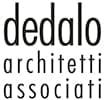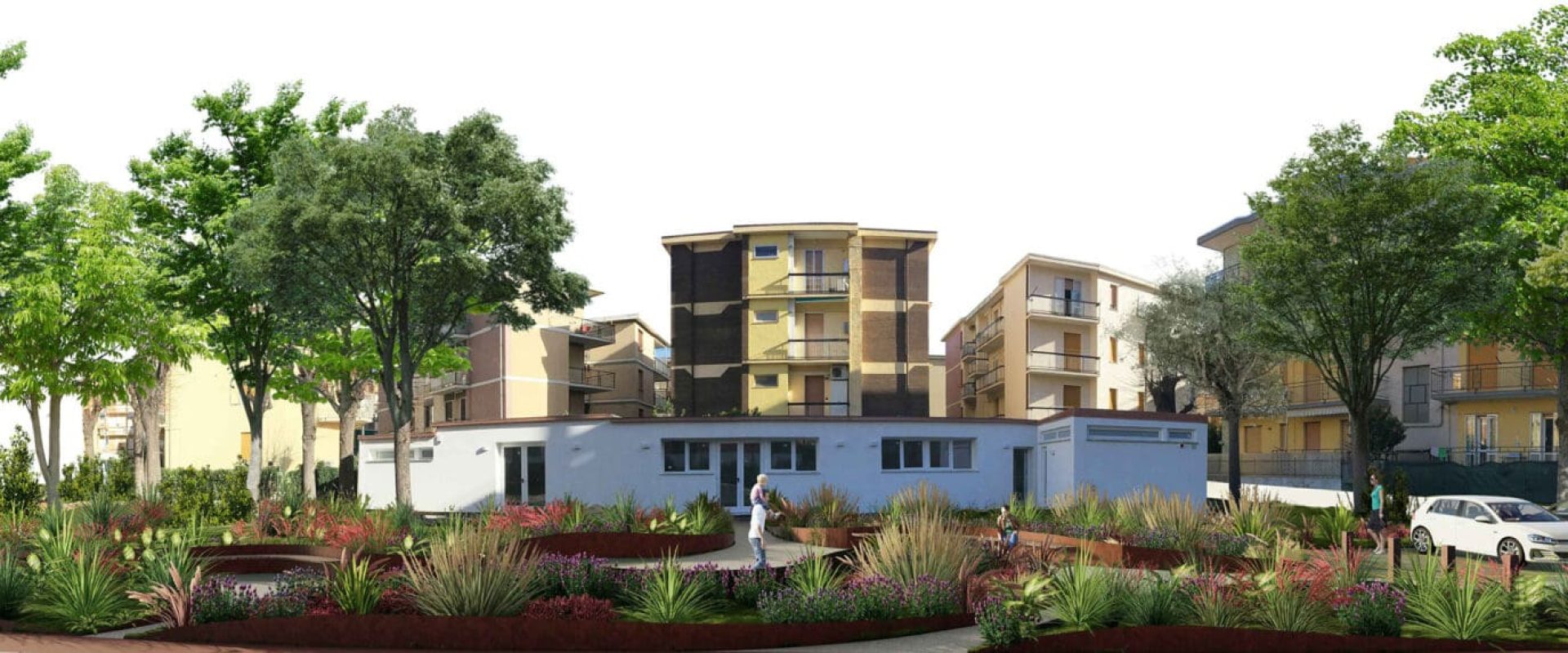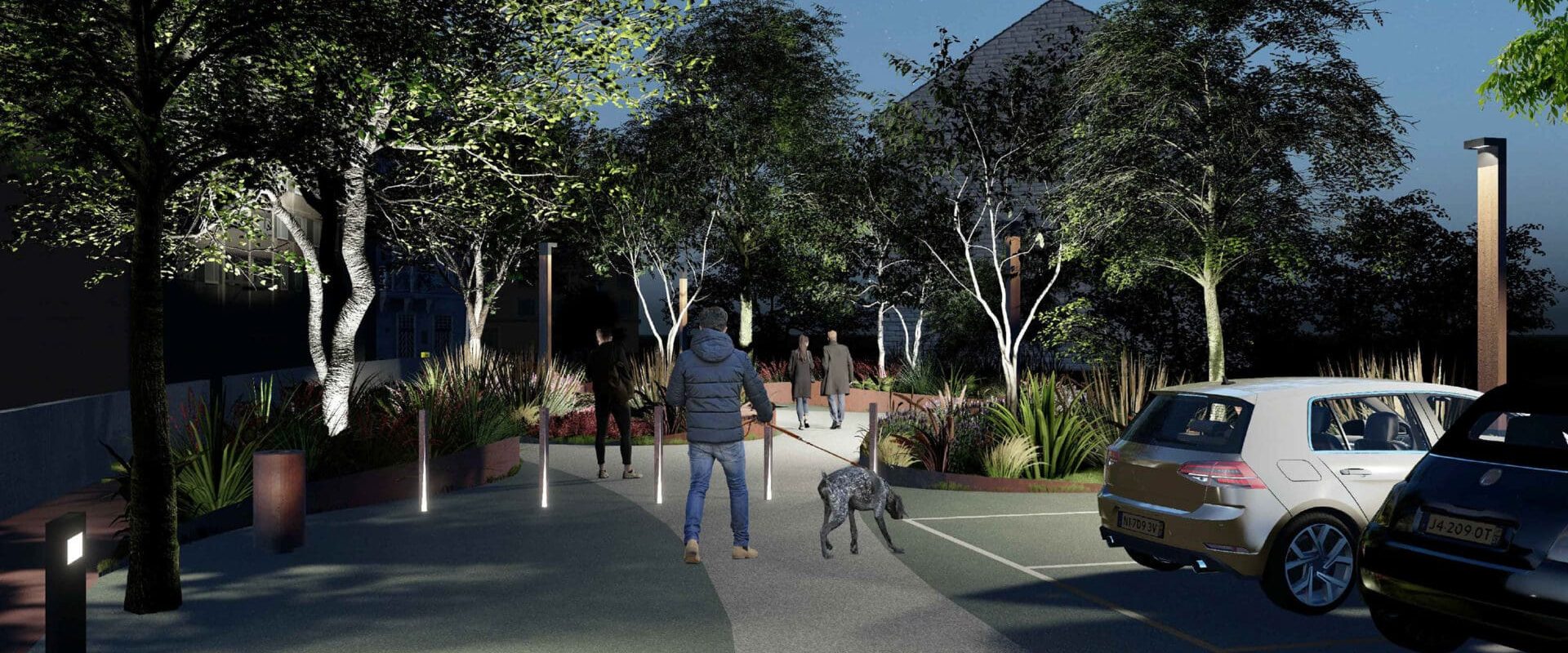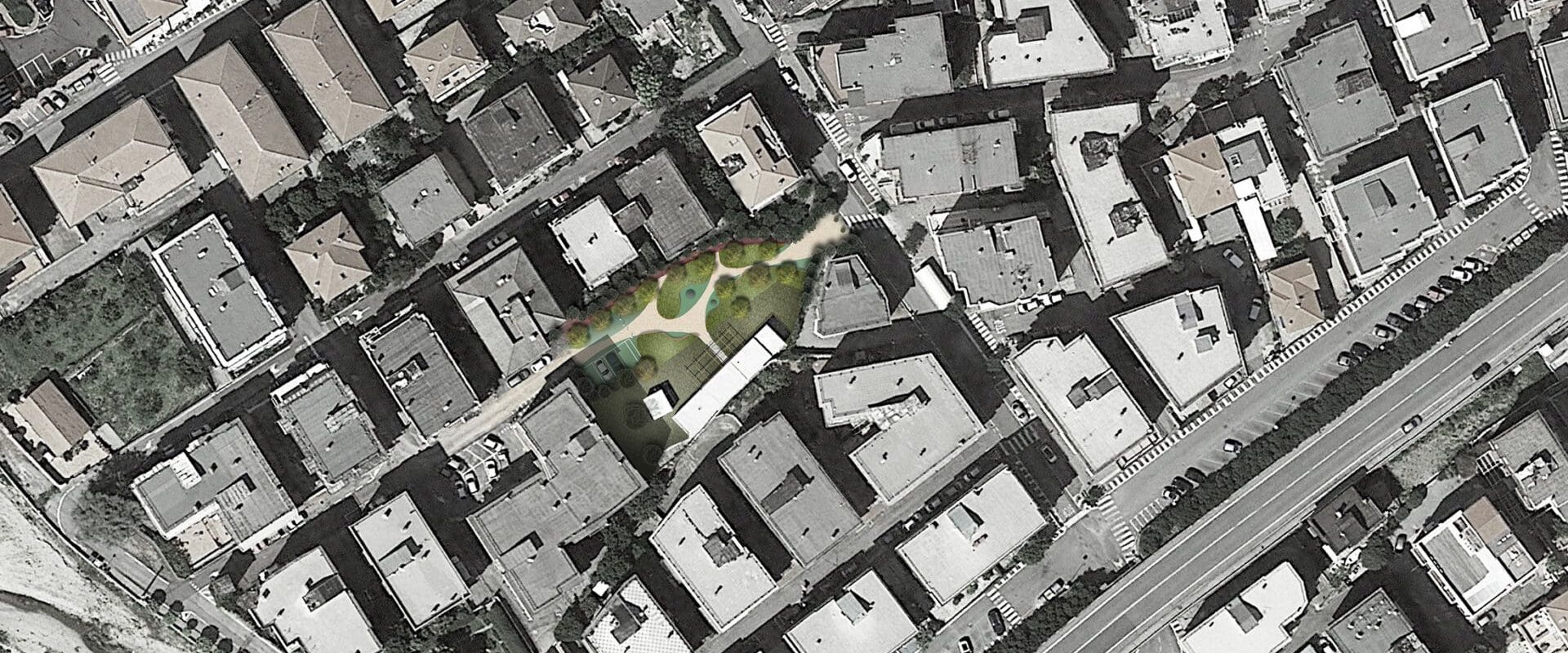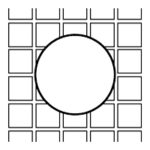‘The residue derives from the abandonment of previously exploited land. Its origin is multiple: agricultural, industrial, urban, tourist, etc. […]. […] If one stops looking at the landscape as the object of human activity, one immediately discovers a quantity of undecided spaces, devoid of function, on which it is difficult to place a name. This whole belongs neither to the territory of shadow nor to that of light. It is located at the margins.’
Gilles Clément – Manifesto of the Third Landscape
The urban area under intervention belongs to this landscape of abandonment. It is a residual land that has lost its original identity due to the uncontrolled building expansion that has developed since the 1960s.
However, it retains a vitality expressed by the wild soul of the soil that expresses the desire not to become another small garden, but a real public space in the heart of Spotorno.
The idea of the double metal ribbon, which winds and varies in height and distinguishes the design of the lot, has a dual role of protecting and containing the green areas, and forms planters of different heights that can accommodate different species of plants and shrubs, complementing the trees already present. Particular attention deserves the study of the greenery, which consists essentially of native plants requiring little maintenance and a modest irrigation system.
The pedestrian paths move sinuously within the area and connect the various access points with the thematic sectors of the park: the paving is permeable, using architectural concrete or ecological polymer surfaces with natural aggregates laid directly on the ground.
The curvilinear planimetric junction continues as a design on the ground, differentiating the main route axis (SO-NE) from the planned functional areas through the choice of different pigmentation of the architectural concrete paving; it is also planned to insert anti-trauma paving in the areas destined for inclusive games and sports equipment, which will maintain the same colour tone as the other thematic areas.
